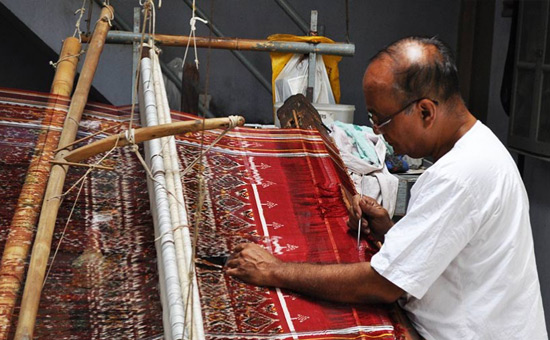By- Ekta Sain
Looking at the current state it looks like after some time we will be living in a country where we won’t be giving birth to a human, we will give birth to a human who is worse than an animal. This nation is becoming unsafe not for only girls but also for boys. Not only streets, roads or workplace but our homes are becoming dangerous for us.
Every year there are many cases of molestation and rape came across. Some are registered, some not. Why are these happening in our country? Why are these molesters or rapists moving freely?

According to the Indian Constitution, the definition of Rape is “when a man forcibly does any sexual activity with women then it is considered as rape.” They never recognized that a man can also be raped.
According to a study conducted by NDTL on an average of 8 women get molested every day in India. But the research of the Centre for Civil Society says that the victims of assault are 57.3% males and 42.7% females. In such cases, family members of female victims avoid disclosure and maintain the confidentiality of the victim and sometimes they complain about the crime. But when it comes to males being a victim for sexual molestation, they don’t get reported for it. It is a myth in our society that boys cannot cry in front of everyone they have to be mentally strong. This myth stops boys from confessing their molestation.
Men believe this myth and feel lots of guilt and shame because they got physically aroused during the abuse. It is important to understand that males can respond to sexual stimulation with an erection or even an orgasm – even in sexual situations that are traumatic or painful. That’s just how male bodies and brains work. Those who sexually use and abuse boys know this. They often attempt to maintain secrecy and to keep the abuse going, by telling the child that his sexual response shows he was a willing participant and complicit in the abuse. “You wanted it. You liked it,” they say.
But that doesn’t make it true. Boys are not seeking to be sexually abused or exploited. They can, however, be manipulated into experiences they do not like, or even understand, at the time
There are many situations where a boy, after being gradually manipulated with attention, affection and gifts, feels like he wants such attention and sexual experiences. In an otherwise lonely life (for example, one lacking in parental attention or affection – even for a brief period), the attention and pleasure of sexual contact from someone the boy admires can feel good.
But in reality, it’s still about a boy who was vulnerable to manipulation. It’s still about a boy who was betrayed by someone who selfishly exploited the boy’s needs for attention and affection to use him sexually
There was a study conducted by a research scholar of Babu Banarsi Das University Lucknow in which she described myths related to rape cases. According to her, “rape myths exist for a number of historical and cultural reasons including gender role expectations, acceptance of violence and misinformation about sexual assault and they are the one reason why victims are shamed into remaining silent.”
According to this research, the reason why rapes are happening is women are dressing provocatively and that turns out as a problem for her. This is believed by 45% of individuals. Many of them blame the girls who drink. According to them if a girl drinks then she deserves to be raped. Another reason for rape is a girl in the relationship and some blamed the girls who stay outside late at night.
Till when we only ask our girls to hide their beauty and innocence can’t we ask boys to control and behave themselves? If these cases were not taken seriously in our country then it is natural that after some time we won’t find a road where girls will walk freely, it will be hard to find a home where they could live freely.




